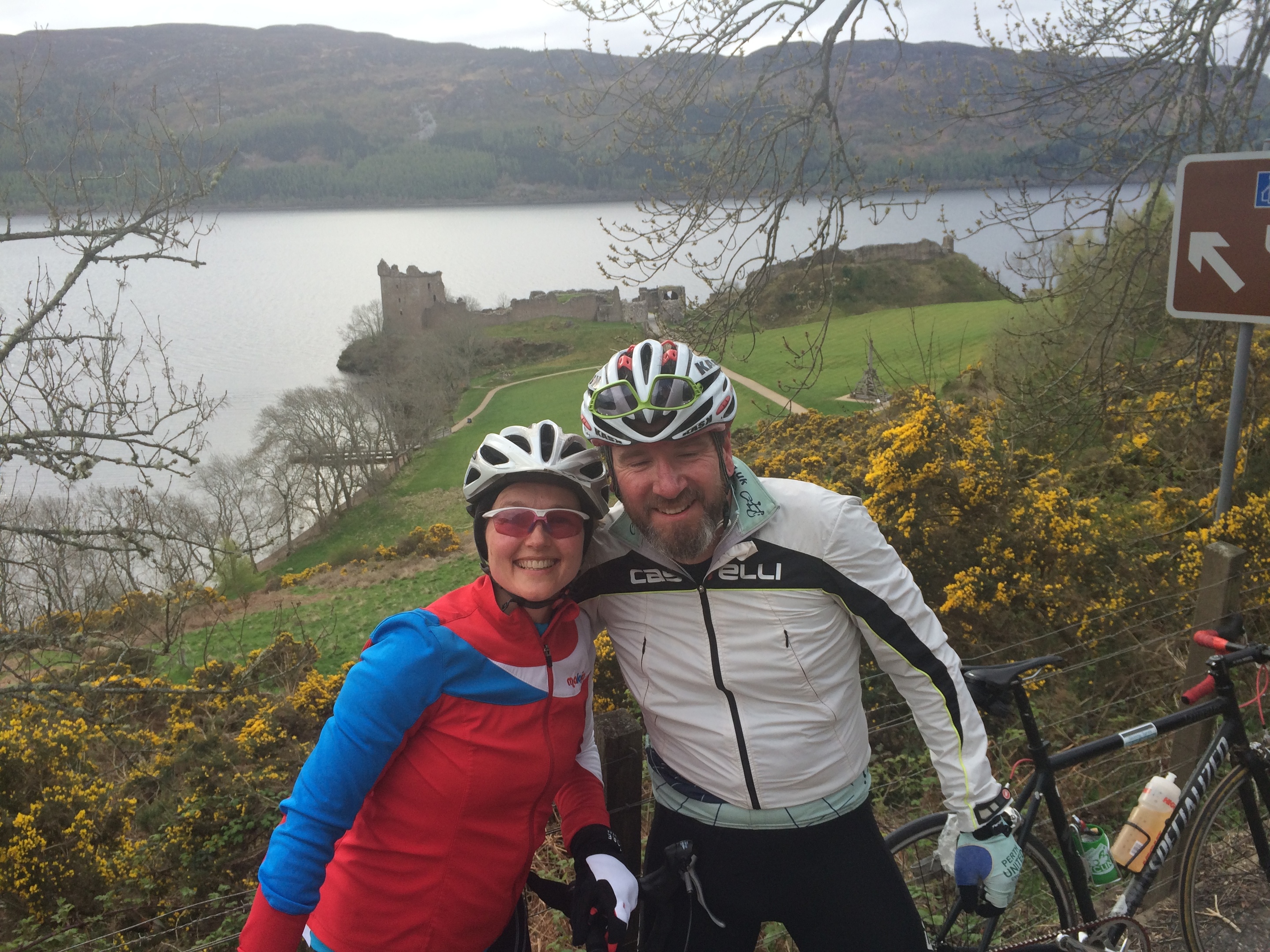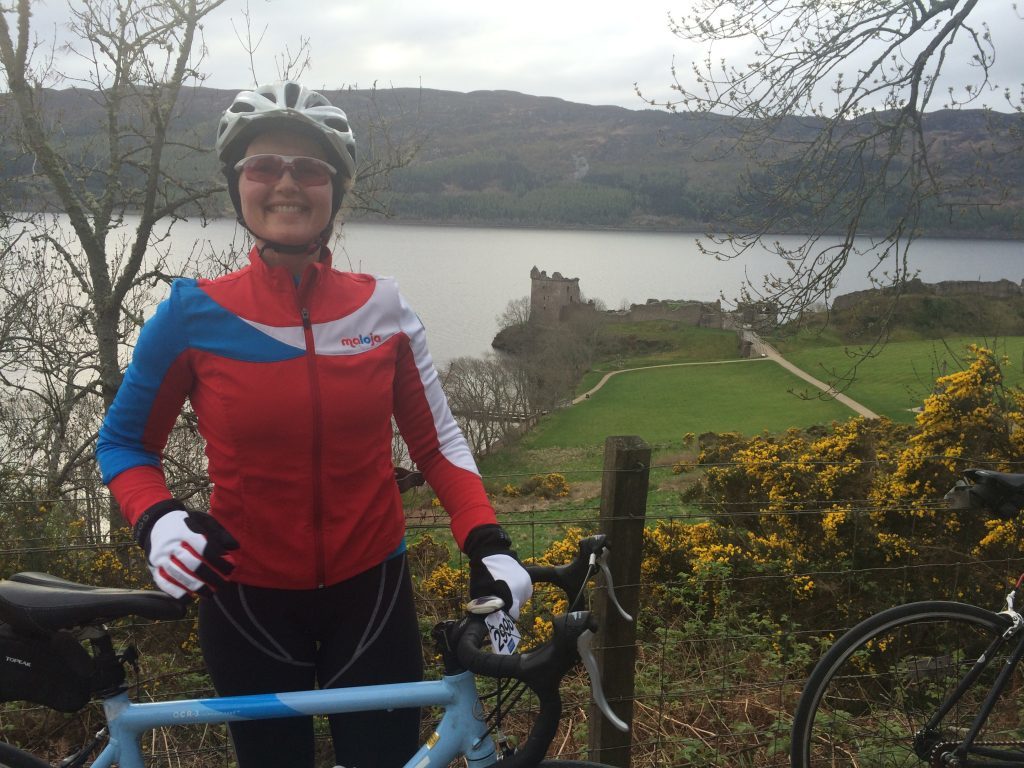It has not been a good few months for British Cycling (BC). Allegations of sexism, discrimination and bullying within the ranks of the national cycling federation, which led to the resignation of technical director Shane Sutton and a pending investigation, have been doing the rounds.
Whether you think this “trial by social media” is right or wrong is irrelevant, what matters is that BC clearly has problems and in an Olympic year that is not good news.
The news that all was not well at BC has been rumbling on for some time. Nicole Cook, Olympic and Commonwealth champion, has long been an outspoken critic of many aspects of BC, their management and the selection process they operate; now after being dropped from the GB squad Jess Varnish has vocalised her grievances about BC and added specific allegations aimed at Shane Sutton. It would be easy, as many have, to put this down to Varnish airing her disappointment on social media to not being part of the team anymore as “sour-grapes”, but you don’t have to delve a much deeper to find a more sinister culture of discrimination.
In 2012 the McLaren Formula One team were commissioned by British Cycling to produce special bikes for the British riders to take advantage of every possible “marginal and aerodynamic gain”. The men’s team received custom-fit bikes for every British male road rider both in the team and on the reserve list. None were made available for the women’s road team. This meant that Lizzie Armitstead (now a world champion) found herself in a position where her boyfriend, Adam Blythe, who was on the reserve team, had the latest bike, and she was left to race without that advantage.
Much has been made of the “winning culture” at BC, but should it be at any cost? Bill Sweetenham thinks it should and that Sutton should have received a “slap on the wrist” then be allowed to carry on with his job. This is the same Sweetenham who resigned as British Swimming performance director in 2007 having been cleared of allegations of bullying.
The discriminatory culture appears to be filtering down to riders too. Just take Peter Kennaugh for example. He recently tweeted (and then quickly deleted) a reply to Emma Pooley who questioned why a team was not set up to help her win the women’s Giro d’Italia (a race she has twice finished second in). Kennaugh tweeted, “why would sky (Team Sky) put money into the women’s Giro that absolutely no one in the UK has absolutely no idea about” and followed that one up with “Stop being so self-centred and get over it”.
I have no problem with tough coaches who, in the high-pressure arena of elite sport, produce athletes whose single-minded focus is winning. Such an environment is not a place for those who do not have the drive and determination and are mentally and physically tough. A good coach should be able to be able to get results without resorting to bullying.
When a working environment discriminates against individuals based on their gender or disability then the system is broken. I would say that riders such as Nicole Cooke and Lizzie Armitstead have more mental drive and toughness than their male colleagues and have succeeded despite, not because of, the environment they raced and were coached in.
Professional sport only exists because of sponsors. Those such as Sky will have their own organisational policies on gender equality, but this doesn’t seem to filter down to the team they sponsor. Sky only sponsor a male cycling team, but the British female riders still have to wear the Sky logo on their British kit. Despite this it seems that the support of that sponsorship only directly benefits male riders. Sponsors are a key part of the way forward to more equality in sport – if they demand it (and why wouldn’t they? It makes sense not just ethically, but also commercially for such companies). Their customers are sports fans and cheer on success from both our male and female athletes and want to see them succeed without discrimination. Surely in 2016 that is not much to ask.
| Where to ride: | Loch Ness and the Beauly Firth |
| Distance: | 35 miles |
| Start: | OS 1:50,000 Map 26 NH 666451
|
| Description: | Starting in Inverness on the A82 Glenurquhart road this road route heads west initially to Drumnadrochit along the north shore of Loch Ness. At Drumnadrochit keep right onto the A831 towards Cannich before turning right and tackling the eye-wateringly steep climb on the A833. Once over this climb the descent leads you down towards Beauly and then onto the A862 by the Beauly Firth and back to Inverness. |











